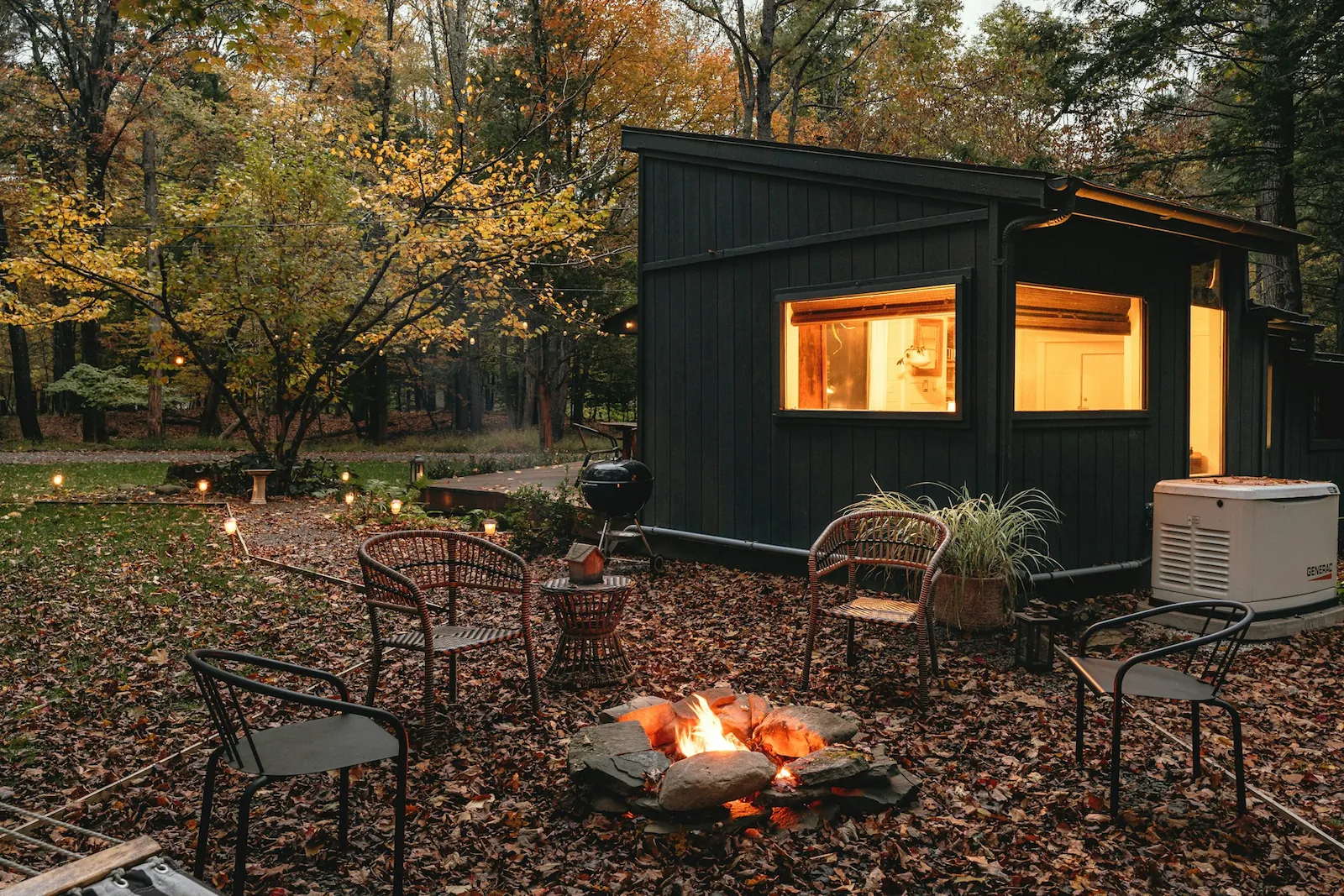

Question: Where is the Best Place To Put a Tiny House?
Answer: The best place to put a tiny house depends on individual needs and local laws. Popular choices include private land (with proper permits), tiny house communities, and some RV parks.
Finding the Ideal Location for Your Tiny Home
The allure of tiny house living is undeniable. It promises a simpler lifestyle, reduced financial burden, and increased mobility. But the question “Where is the best place to put a tiny house?” requires careful consideration. Several factors influence this decision, including local zoning laws, available utilities, and personal preferences.
Understanding Zoning Regulations
Before you fall in love with a picturesque plot of land, familiarize yourself with local zoning ordinances. Municipalities employ specific regulations regarding dwelling sizes, setbacks from property lines, and permitted uses of land. Some areas may explicitly prohibit tiny houses, while others might categorize them as recreational vehicles (RVs) or accessory dwelling units (ADUs). Therefore, understanding these distinctions is crucial for a smooth placement process.
Please visit this page to learn more about Orangeville real estate agents
Related Article: What is the Smallest House You Can Legally Build in Ontario?
Related Article: Can You Legally Live in a Tiny House in Ontario?
Considering Utility Connections
Ensuring access to essential utilities is a practical aspect of tiny house placement. While some tiny houses operate off-grid, most require connections to water, electricity, and sewer systems. Evaluate the availability and cost of connecting to these utilities at your chosen location. Furthermore, factor in potential expenses associated with installing septic systems or well water access if municipal connections are unavailable.
Prioritizing Your Lifestyle Needs
Ultimately, the “best” location for your tiny house depends on your individual lifestyle preferences. If you value privacy and seclusion, a rural setting on private land might be ideal. If you prefer a sense of community and access to amenities, an established tiny house community or RV park could be more suitable. Consider proximity to work, schools, and other essential services.
Accessibility
When it comes to the accessibility of your chosen location. Think about road access, particularly during winter months. Evaluate the proximity to emergency services in case of unforeseen circumstances.
Community
If community interaction is important, research nearby towns and social opportunities. Look for local events and gatherings that align with your interests.
Assessing the Financial Implications
Thoroughly assess the financial implications of your chosen location. In addition to land costs, consider ongoing expenses such as property taxes, utility bills, and maintenance fees. Factor in potential costs associated with transporting your tiny house to its location. Meticulous budgeting and financial planning are indispensable for a successful tiny house transition.
Conclusion
Choosing the right location for your tiny house is an important step in embracing this unique lifestyle. By carefully considering local regulations, land options, utility availability, lifestyle preferences, and financial implications, you can find the ideal spot for your tiny home. While the journey requires careful planning and research, the rewards of simplified living and financial freedom make the effort worthwhile. Remember, the perfect location is one that aligns with your individual needs and vision for tiny house living.


